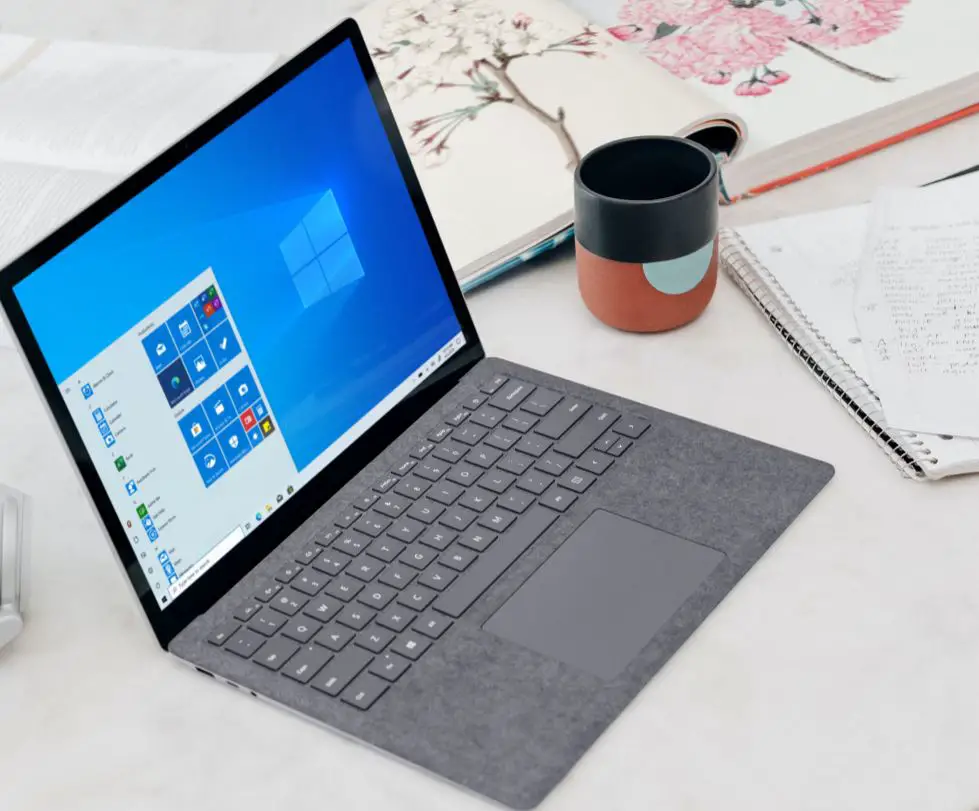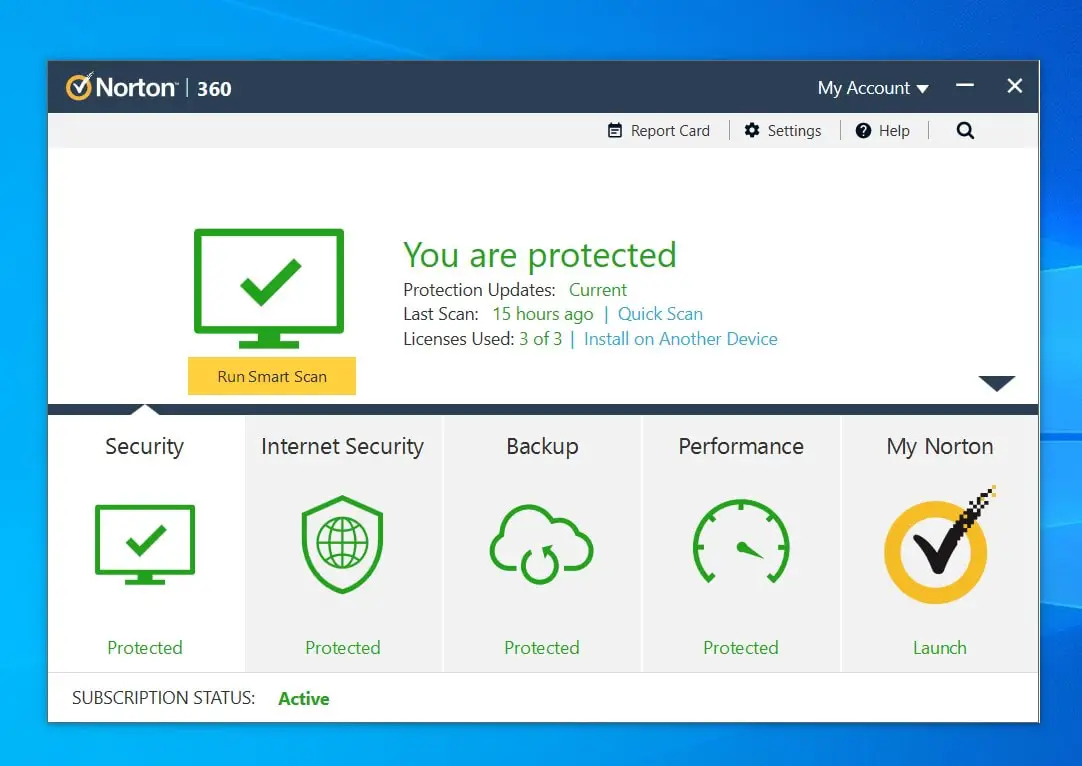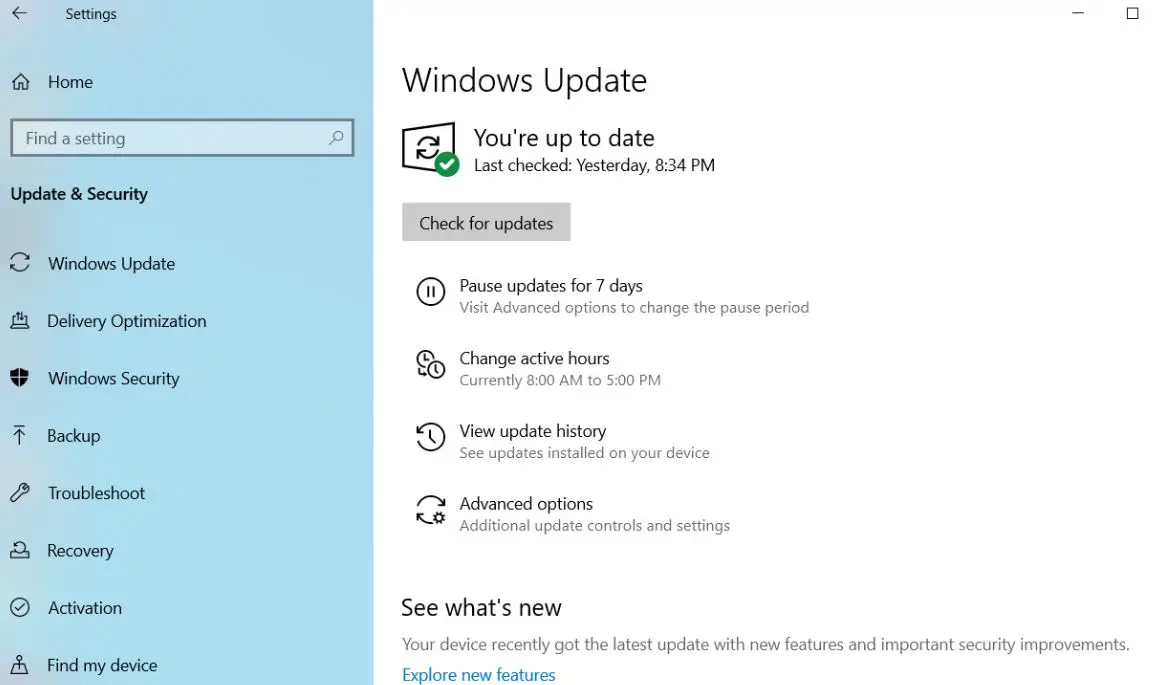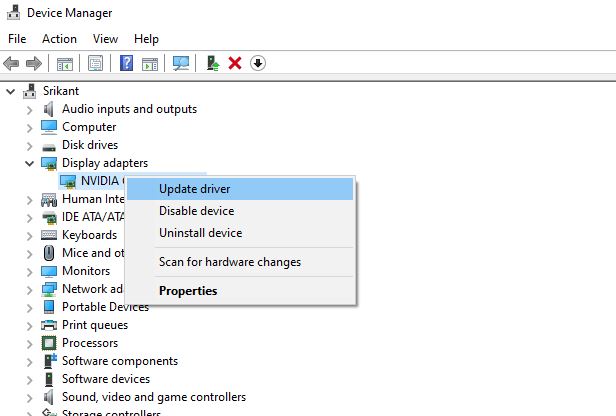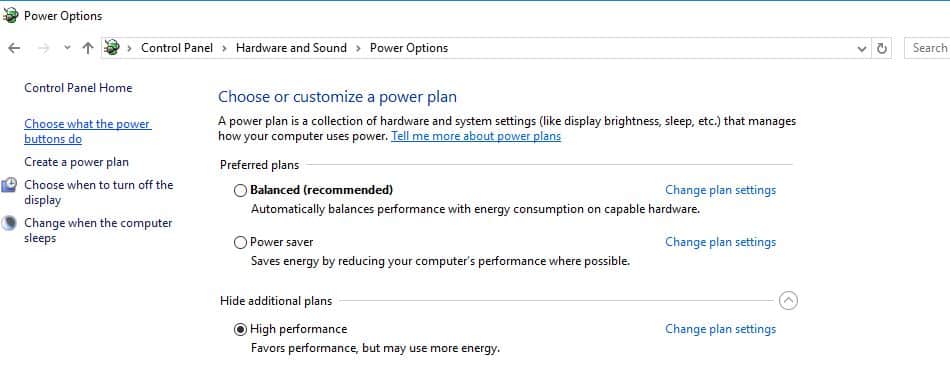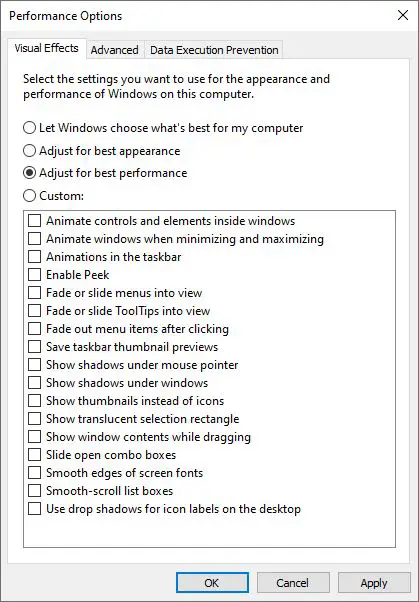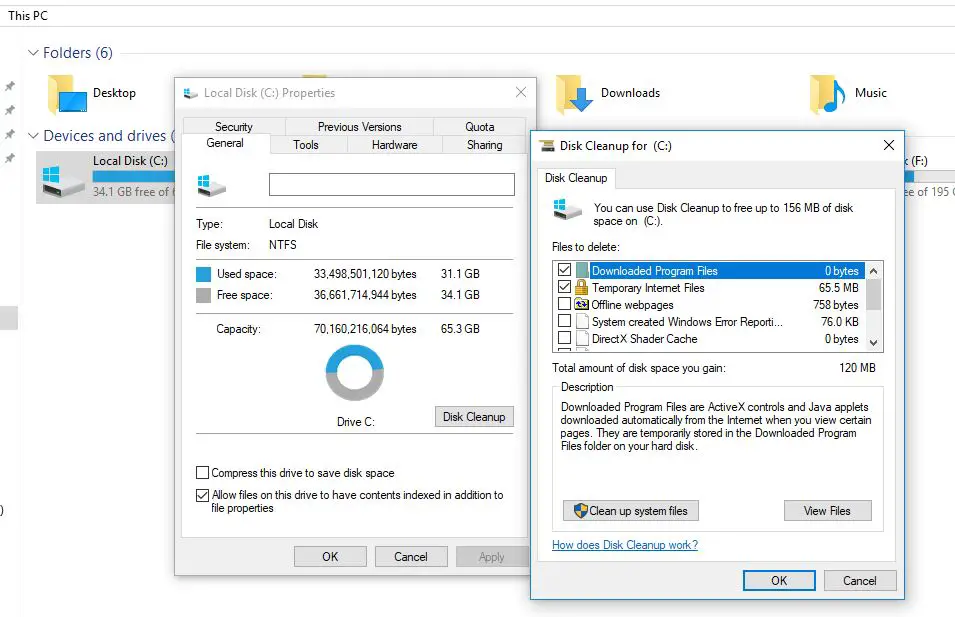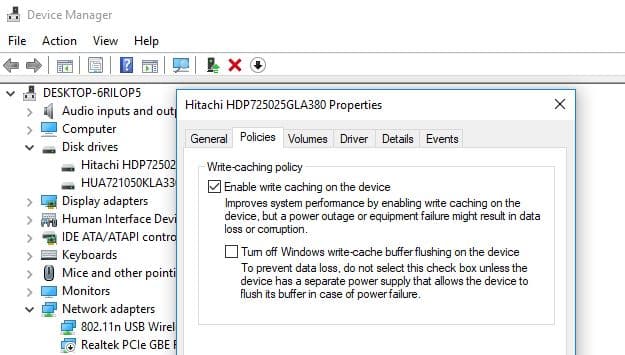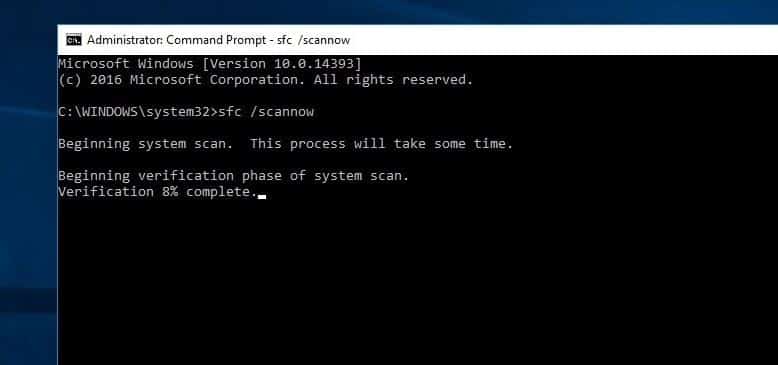Windows 10 is the best ever operating system by Microsoft, compared to previous Windows versions. It is loaded with numerous amazing features, Security improvements, a user-friendly interface and most one it’s faster. Also, Microsoft Regularly updates its OS, with new versions that add and subtract the feature set. Recently Microsoft Rolled out Windows 10 22H2 Update which mainly focuses on performance improvements, enterprise features and quality enhancements. But Some Users Report Windows 10 is absurdly slow after the update, and a few others report Windows 10 is very slow and unresponsive after the update. Here in this article, we have a few performance tweaks apply to Speed Up Your Windows 10 PC.
Slow performance after Windows 10 update
I installed windows 10 update and now my PC is not only running slower but on startup, it takes forever getting the wait circle. In addition to that, I am missing the ability to use screen saver pointing to my picture folder.
How To Make Windows 10 Computer Faster
As per Microsoft Windows, 10 is a very fast Operating system compared to previous versions (Windows 7 and 8.1). But sometimes bugs, Virus malware infection, unwanted startup services, background processes, corrupted system files, Wrong customize setup etc make Windows buggy and Run slowly at startup, Not responding while opening any application etc.
If you are also having a similar problem, your Laptop not performing well after Windows 10 Update. Here we have different solutions and Tweaks apply to Optimize Windows 10 for better performance.
Note: We recommend Create a system restore point before applying any changes.
If the windows 10 computer is completely unresponsive, we recommend boot into safe mode and apply the solutions listed below.
Check Virus Malware Infection
Before tweak or perform any steps first make sure virus-malware infection not causing the issue. Install a good antivirus or anti-malware Application with the latest updates and perform a Full System Scan. After 100% complete the scanning process simply Restart windows and check now system Running smoothly.
Update Windows 10
Before we begin focusing Windows 10 on performance, let us first make sure it is up to date. Windows 10 is set to Download And install updates Automatically But you can manually install Windows updates by following the steps below.
- Press Windows + I to open the Settings app,
- Click on Update & Security then Windows Update.
- Hit on the Check for updates button to allow the download and install Windows updates from the Microsoft server.
- And restart your PC to apply them.
Update device drivers
As Device drivers are an essential part of Windows, To perform the computer properly make sure you have installed the latest updated drivers on your system. To check and update Device drivers
- Right-click the Windows Start button and select Device Manager.
- Select your graphics card, audio device, network card, and motherboard in turn, and check for driver updates.
- Update all peripherals if there is an update available.
Note: You can let Windows take care of driver updates if you like, or perform the check manually. Just visit each hardware vendor’s website and look for newer drivers. Download and install.
Change Power Highest performance
As the name suggests changing power Options Highest performance, brings the best performance and boosts up PC speed without installing or modifying any registry entries. And of course, the safest one cause at last Microsoft put this feature by default in Windows.
To change power options to high-performance
- Open Control panel
- Click on Hardware And Sound then Power Options.
- The Power options setting window in now popped,
- Click on Show Additional Plans.
- Then Select Radio Button High Performance As shown Below image.
As the name suggests this tweak makes Windows faster. Because it consumes the most amount of power it’s also more appropriate for desktops. Choose it if you want to get the most juice out of your computer.
Disable Visual Effects
Various animation, shadows, transparency and other visual effects may look good on your system but they consume a lot of system resources. These special effects can hamper system speed and performance to a larger extent. You can consider disabling all such effects to improve your system performance.
To disable the Transparency effect on your system:
- Click on the Start button then select Settings
- Next, click on Personalization followed by Colors
- Here toggle off “make start, taskbar and action center transparent” option.
To disable other special effects on your system:
- From the start, menu Search for performance and click Adjust the appearance and performance of Windows.
- Here, under the Visual Effects tab and choose “Adjust for best performance” or choose “Custom” to disable and stop other unnecessary visual effects and press OK.
Perform Disk Cleanup
With Day to day use, Windows Computer gets filled with lots of useless data that lodges space. These can be a headache as they cause a huge amount of performance degradation of Windows 10. That’s why you need to get rid of them. You can use the Disk Cleanup tool which comes with Windows 10 to find and delete all the unnecessary files contained on your drives.
To Run Disk Cleanup Utility
- Click Start and then go to File Explorer. After that click This PC.
- On the right side, under Devices and Drives, select the Local Disk C: and then click and choose the last option Properties from the context menu.
- Then, switch to the General tab and under Capacity, click on Disk Cleanup.
- After the tool completes scanning your system for removable files, you can select the category of files you wish to delete and click OK to remove them.
Removing these files can help your PC run faster due to the nature of these files which can actually slow PC performance down.
Tweak Virtual Memory
Virtual memory (A Combination of System Memory and Hard Disk Drive) or Pagefile on your Windows system supports PC crash dumps and enables your system to use physical memory (RAM) efficiently. It helps the system write some file content on the disk memory if the RAM is near capacity. If you are using a system with larger memory installed, then you can consider squeezing the paging file size. To do this, follow these steps.
- Go to the Start menu and right-click on it. Select System > Advanced system settings.
- On the System Properties window, go to the Advanced tab > Performance section and click on the Settings button.
- Go to Performance Options windows > Advanced tab > Virtual memory and click the Change button.
- On the Virtual Memory box, uncheck the “Automatically manage paging file size for all drives” option.
- Now from the available options, select the system drive (usually C:\ ).
- Click the Custom Size radio button, and enter the values in Initial Size and Maximum Size options in MBs as per the physical memory present in your system.
- Click Set and then OK.
- Apply and OK then restart your computer to changes take place.
Disable Notification & Suggestions
Microsoft Update New Features Regulatory And sends you notifications related to tips, tricks, and suggestions as you used the windows. This is Good For Startups, But this causes an impact on the performance of your system and your ongoing work. And Disabling this feature stop lots of background process and boost system performance.
To disable these notifications
- Go to the settings app
- Click on the system then Notifications & actions
- Here disable Get tips, tricks and suggestions as you use Windows.
Turn off Tracking And Reporting
Also, Turn off the Unnecessary Tracking and Reporting process running on Background From Windows Privacy Setting. First Open Settings and then click on Privacy. Now Turn off the below settings to improve privacy and reduce the work Windows has to do to report back.
- Let Windows track app launches to improve Start and search results.
- Location and location services unless you need GPS or location-specific apps.
- Speech, inking & typing – Speech services and typing suggestions
- Account info –Let apps access my name, picture and other account info.
- Contacts, Call history and Messaging – Let apps read or send messages, access contacts etc.
- Feedback & diagnostics – Set it to Basic. Turn off Let Microsoft provide more tailored experiences…
Disable Startup Programs and Services
There is a number of programs and services that start automatically every time Windows boots up, you don’t even need them to start these programs auto. These programs And Services are added in the auto startups list at the time of installation and it’s 100% safe to turn them off from this list. Disabling these Startup programs and Services makes a Huge Difference in Windows Startup Performance.
Disable Startup Programs
To disable startup programs, open Task Manager,
- Move to the Startup tab
- you will see there are plenty of programs that are enabled,
- simply select any of the enabled programs and then click on the disable button on the bottom.
Disable Unnecessary Services
To Disable Unnecessary Services Which Run Automatically on Windows Startup open System Configuration.
- Press Win + R, type msconfig and hit Enter key.
- Now Move to the Services Tab then,
- First of all, make sure the option Hide all Microsoft Services is selected so you can’t stop any important services of Windows accidentally.
- Now uncheck the running services that you don’t need and click apply to take effect.
When you Ask for Restart save other work and Restart or you can restart Windows later to take effect the changes.
- Again press Win + R, type Services.msc and hit enter.
- Scroll down and locate the background intelligent transfer service
- Right-click on BITs service select properties,
- Next change the startup type disable and Stop the Service next to service status.
- Do the Same with Superfetch and Windows update service.
- Now Restart and Check I am sure you notice Windows performance improvement.
Disable Background Apps
On Windows 10 There are tons of Windows Apps that still running in the background, some apps are preinstalled and remains are installed by you and don’t even need to let them run in the background to eat your RAM.
To Disable Back Ground Running Apps on Windows 10
Go to Settings followed by Privacy then Backgrounds apps. Here simply turn off Let apps run in the background and you are done.
Uninstall Bloatware
When you purchase a new Laptop you find a number of unnecessary applications installed. All those unwanted software’s always making my PC run slow. This is one of the biggest factors that any windows based system starts getting slower. They would just take up memory spaces unnecessarily and make other apps run slower. That’s why you must remove the bloatware to speed up the performance of Windows 10.
To remove bloatware or apps on the laptop:
- Click on the Start menu Search type control panel and hit enter.
- Now Select Programs. And after that, Programs and Features.
- Here select the Applications you don’t use and Select Uninstall/Change to remove unwanted programs, do it one at a time.
- Follow the instructions in the dialogue boxes to uninstall the software.
Enable Write Caching for Hard Disk Drives
You can boost computer performance by enabling Disk to write caching. It boosts performance by using the RAM to collect & store small write commands as opposed to storing them on your hard drive. This allows applications to run faster by allowing them to proceed without waiting for data write requests to be written to the hard disk.
To Turn Disk Write Caching On or Off
- Right-click My Computer, and then click Properties.
- Click the Hardware tab, and then click Device Manager.
- Expand Disk Drives.
- Right-click the drive on which you want to turn disk write caching on or off, and then click Properties.
- Click the Policies< tab.
- Click to select or clear the Enable to write caching on the disk checkbox as appropriate.
- Click OK.
Registry Optimize
The Windows registry keeps a manifest of settings for Windows and other programs. Oftentimes, programs make changes to the registry when installing but when uninstalled fail to remove those changes. Over time, thousands upon thousands of registry modifications slow system performance. You Can Use Free Third-party utilities like CCleaner To Clean junk, System Error files and optimize Windows Registry errors. We Recommend Before Performing Registry cleaner/ optimizer backup Windows Registry.
Run System File Checker
Also, sometimes corrupted, Missing System files Cause different Errors and make the Windows System run Slower. Especially After the Recent Windows upgrade. We Recommend run Windows SFC Utility which Scans missing, damaged System Files if found the utility Restores them from a special cache folder located on %WinDir%\System32\dllcache.
Note: If Running SFC Utility Results windows resource found corrupt files but was unable to fix some of them then Run The DISM Tool, Which Repair The System Image and Enables the System File Checker To Do its job.
Check Disk Drive Errors
Also, Sometimes Disk Drive errors, Bad Sectors Cause the system not respond, Files and Folders not opening etc. We recommend Running The CHKDSK Utility Which scans and fix Disk Drive Errors. To Run CHKDSK Utility open Command Prompt as administrator then Type chkdsk /f /r /x And hit Enter. Press Y and Restart Windows, Wait for 100% Complete the Scan and repair process.
Also read:
- Google Chrome Slow, Not perform well on Windows 10? Try these solutions
- How to Run Linux (including Ubuntu) on Windows 10 (Windows Subsystem for Linux)
- 5 solutions to fix NTFS_FILE_SYSTEM error in Windows 10/8/7
- Solved: Can’t find your camera error 0xa00f4244 on Windows 10
- Solved: NMI HARDWARE FAILURE Blue Screen Error on Windows 10
- Everything About IP (Internet Protocol) Address – Purpose to Benefits explained
